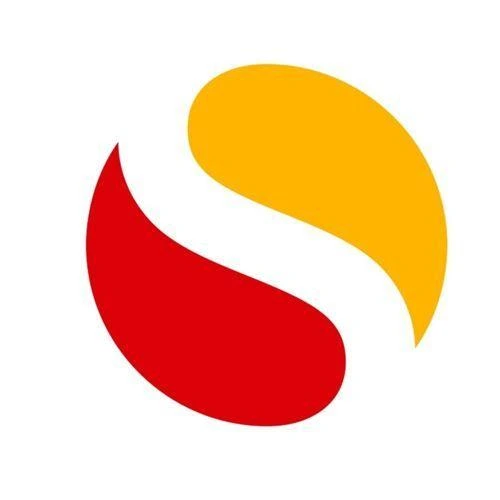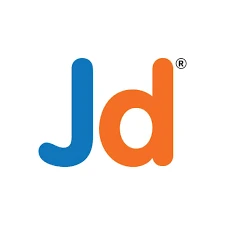|| Tableau Certification Course
The Tableau Course Training offers a comprehensive introduction to mastering the art of data visualization and business intelligence using Tableau, one of the leading tools in the field. Designed for both beginners and those looking to deepen their skills, this course equips participants with the foundational knowledge and practical techniques needed to harness Tableau’s capabilities effectively. Throughout the course, students will learn essential concepts such as connecting to various data sources, transforming raw data into meaningful insights, and creating dynamic dashboards and interactive visualizations. With Tableau’s intuitive drag-and-drop interface, participants will explore data effortlessly, uncover patterns, and present findings in compelling and accessible formats. Hands-on exercises and real-world examples are integral parts of the course, enabling participants to apply Tableau to real-life scenarios and business challenges. By the end of the course, students will have developed proficiency in building informative dashboards that facilitate data-driven decision-making and enhance organizational understanding.
Whether aiming to launch a career in data analytics, business intelligence, or simply looking to enhance data visualization skills, this Tableau course provides a solid foundation. It empowers individuals to transform complex data into clear insights that drive strategic decisions and contribute to organizational success in today’s data-driven world. Participants will learn to create visually appealing and insightful dashboards using Tableau's drag-and-drop interface, allowing them to explore data, identify trends, and communicate findings effectively. The course emphasizes practical application through hands-on projects and real-world case studies, providing students with the opportunity to apply Tableau to solve complex business problems and scenarios.
The benefits of taking a Tableau course are significant. Participants will gain proficiency in a highly sought-after skill in the job market, enhancing career opportunities in roles such as data analyst, business intelligence developer, and data visualization specialist across industries like finance, healthcare, marketing, and more. Tableau's robust features for data exploration, interactive visualizations, and dashboard design enable professionals to uncover insights and trends that drive informed decision-making and business strategy. Moreover, mastering Tableau allows individuals to streamline data analysis workflows, automate reporting processes, and present data in a visually compelling manner that resonates with stakeholders. This capability not only enhances productivity but also promotes a data-driven culture within organizations, fostering collaboration and improving overall business performance.
Overall, the Tableau course empowers individuals to leverage data effectively, transforming raw information into actionable insights that drive organizational success and innovation. Whether starting a career in data analytics or seeking to enhance existing skills, this course provides the essential knowledge and practical experience needed to excel in the dynamic field of data visualization and business intelligence using Tableau.
Please contact the nearest BIT training institute or send an email to inquiry@bitbaroda.com with any additional questions you may have regarding our Tableau training course. We offer a free demo by calling us at +91-9328994901. We offer top-notch Tableau classes in Vadodara-Sayajigunj, Vadodara - Waghodia Road, Vadodara - Manjalpur, Ahmedabad, Anand, and Nadiad.











 4.8 (21,636) reviews
4.8 (21,636) reviews


 Read more
Read more 
